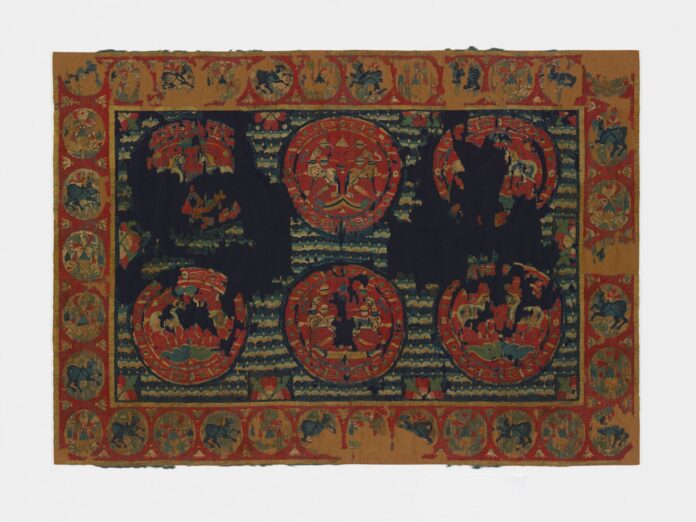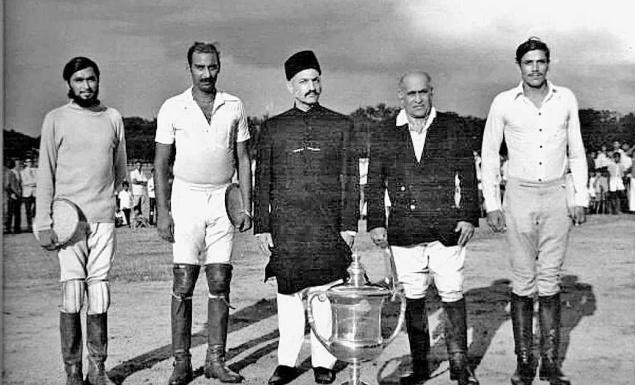The George Washington University Museum and The Textile Museum in Washington DC is a museum of textile art on the university’s main campus in Foggy Bottom since 2015. The museum was established in 1925 by George Hewitt Myers, a rug and textile collector and connoisseur, whose initial collections included 275 rugs and 60 related textiles such as Turkish rugs and Ottoman carpets. In 2011, The Textile Museum affiliated with The George Washington University to foster advanced research and appreciation for art, history, and textile cultures all over the world.
The Museum also showcases eminent equestrian textiles. A rare textile consists of a field with a large central compound floral palmettes flanked by two large leaves decorated with hyacinth sprays, smaller compound palmettes with cockade leaves in the upper corners, and corner-pieces in both lower corners. The conglomeration of Ottoman work with Turkmen horse trappings dubbed kejebe, provide a clue to the objects used as decorative trappings deployed behind the saddle. The impact of Ottoman floral style is readily visible on the saddles and other horse ornaments made with velvet.
Recently, Allen R Freedman and Judy Brick Freedman, former trustees of the Textile museum, donated 100 saddle blankets to the museum which makes it one of the world’s most significant collections of global equestrian textiles. To celebrate the eminent gift, The Museum organizes an International Exhibition in 2026 – designated as year of the horse, as per the Chinese Zodiac.

The renowned rider and competitor, Judy Freedman says: “For millennia, horses were central to cultural, social, military and spiritual events, and dressing up the horse was a part of those events. Any single piece represents cultural history. Altogether, the collection shows the breadth of diversity in the use and admiration for the horse.”
Sumru Belger Krody, senior curator of The Textile Museum Collection, says that the horse has played a tremendous role in shaping world cultures since the dawn of civilization and is hence respected and honored by people from every nook and corner of the world. “Equestrian textiles were embellished with utmost care and attention using high-quality material, design, colour and technical skill, all of which are present in this diverse collection of textiles from across time and geography,” he says.

The GW University Museum and the Textile Museum promises to support ground breaking research on equestrian textiles. The museum received a mammoth $5 million bequest from the estate of Joseph W. Fell (1936-2021), another former trustee. Fell was a discerning collector and textile aficionado who donated 65 magnificent textiles to the museum.
Last Updated: 20th September 2022





